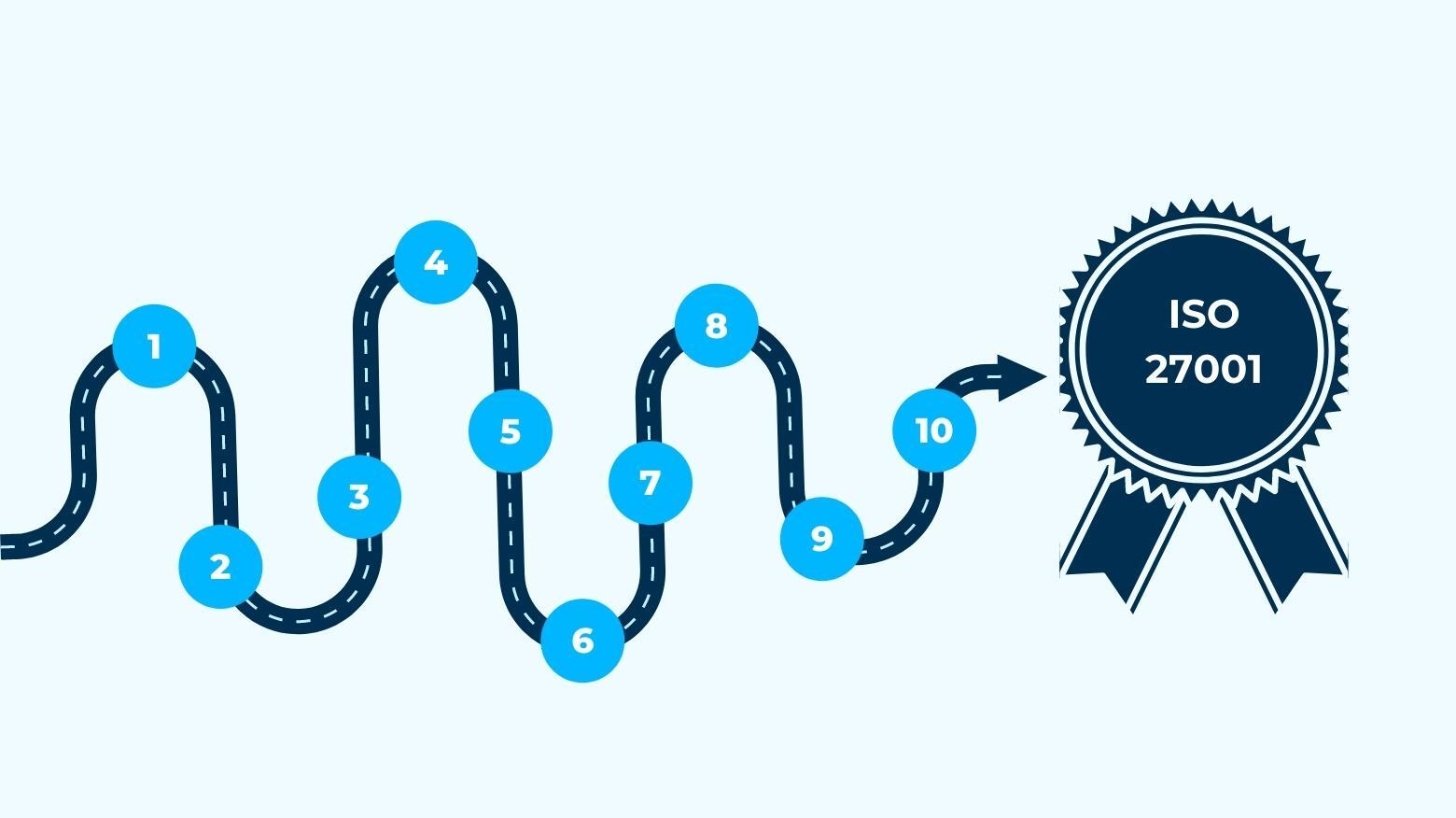- Are you ready for ISO27001 compliance? - 01/04/2023
- Steps To Implement ISO27001 ISMS - 01/04/2023
- How an organization achieves ISO 27001 certification? - 01/04/2023
The steps for implementation of ISMS are:
Step 1: Form an implementation team – The first step is to select a project manager to oversee the ISMS deployment.
Step 2: Produce an implementation plan- Using their project mandate, the implementation team will create a more thorough overview of their information security objectives, strategy, and risk register.
Step 3: Launch the ISMS – Any model may be utilised as long as the needs and processes are well-defined, appropriately implemented, and periodically evaluated and improved.
Step 4: Define the ISMS Scope – The next step is to get a better understanding of the structure of the ISMS.
Step 5: Determine your security baseline- A company’s security baseline is the bare minimum of activity necessary to do business securely. The information obtained in your ISO 27001 risk assessment is used to establish a security baseline.
Step 6: Create a risk management process—An ISMS’s core function is risk management. Risk management is a fundamental skill for any organisation adopting ISO 27001. Almost every component of your security system is dependent on the risks detected and prioritised, making it a core competency for any organisation implementing ISO 27001.
Step 7: Create a risk treatment plan—Creating security measures to protect an organization’s information assets is the process of creating a risk treatment plan.
Step 8: Measure, monitor, and review- Identifying criteria that represent the project mandate’s objectives is part of the review process. Quantitative analysis, in which you assign a number to anything you’re measuring, is a frequent measure.
Step 9: Get your ISMS certified- You may opt to pursue ISO 27001 certification once the ISMS is in place; in which case you must prepare for an external audit.
